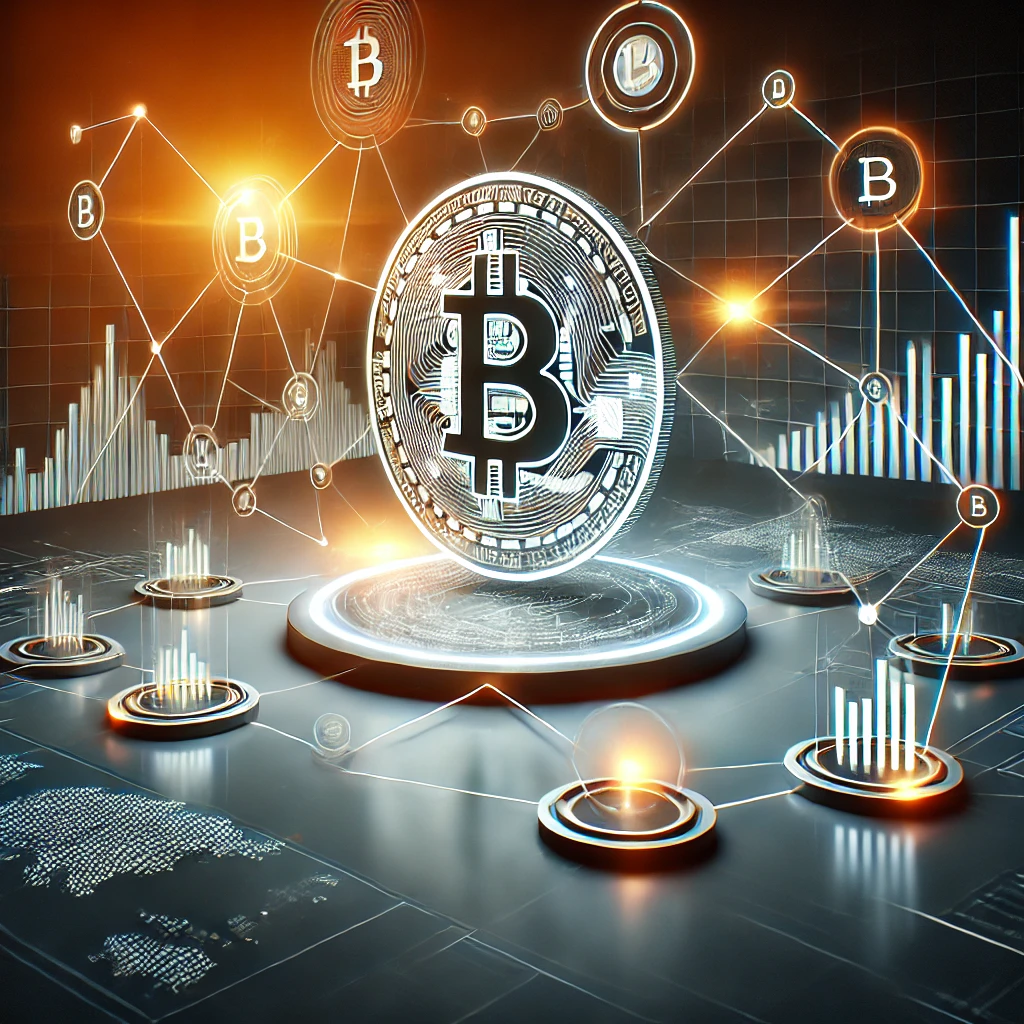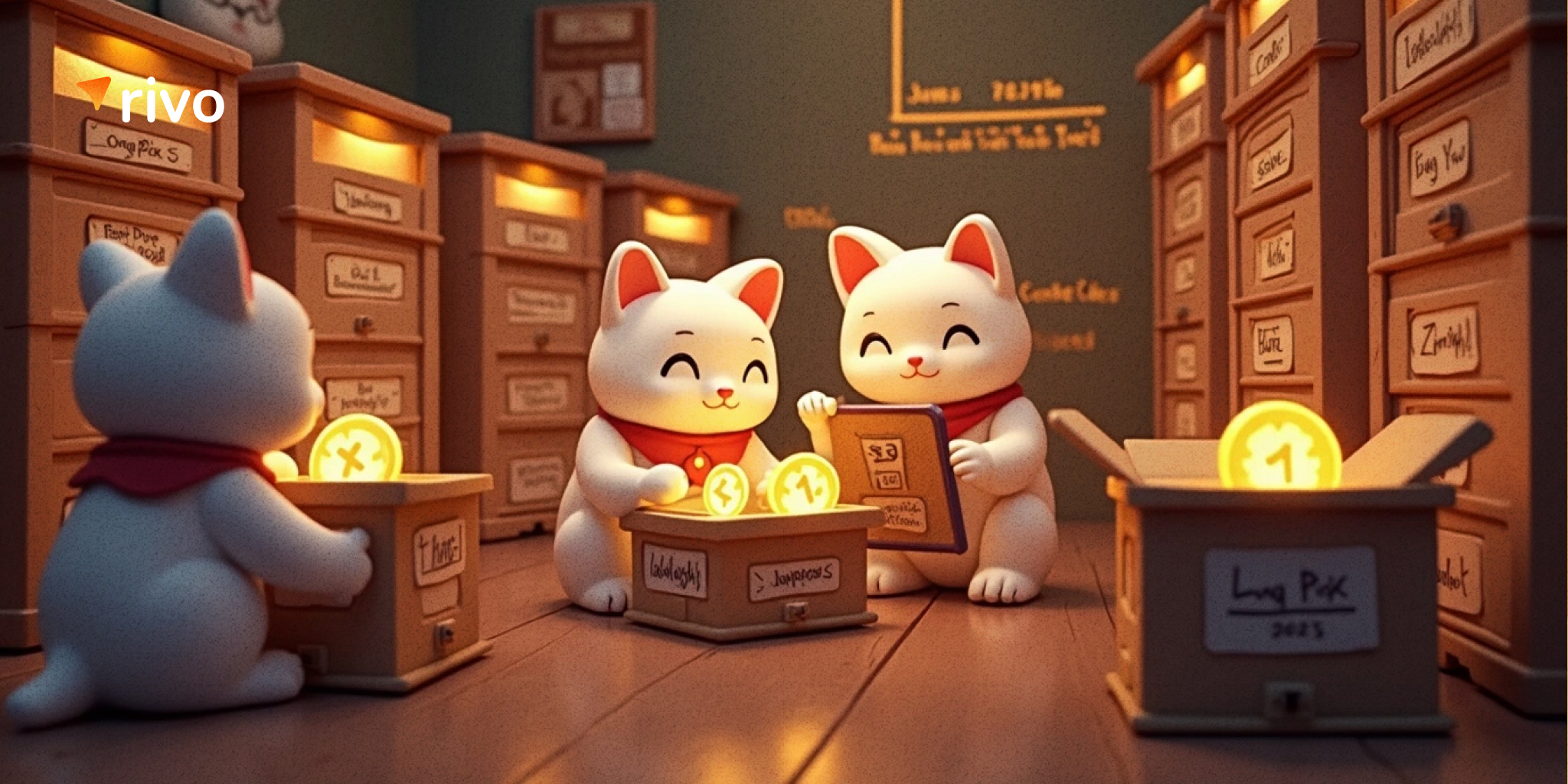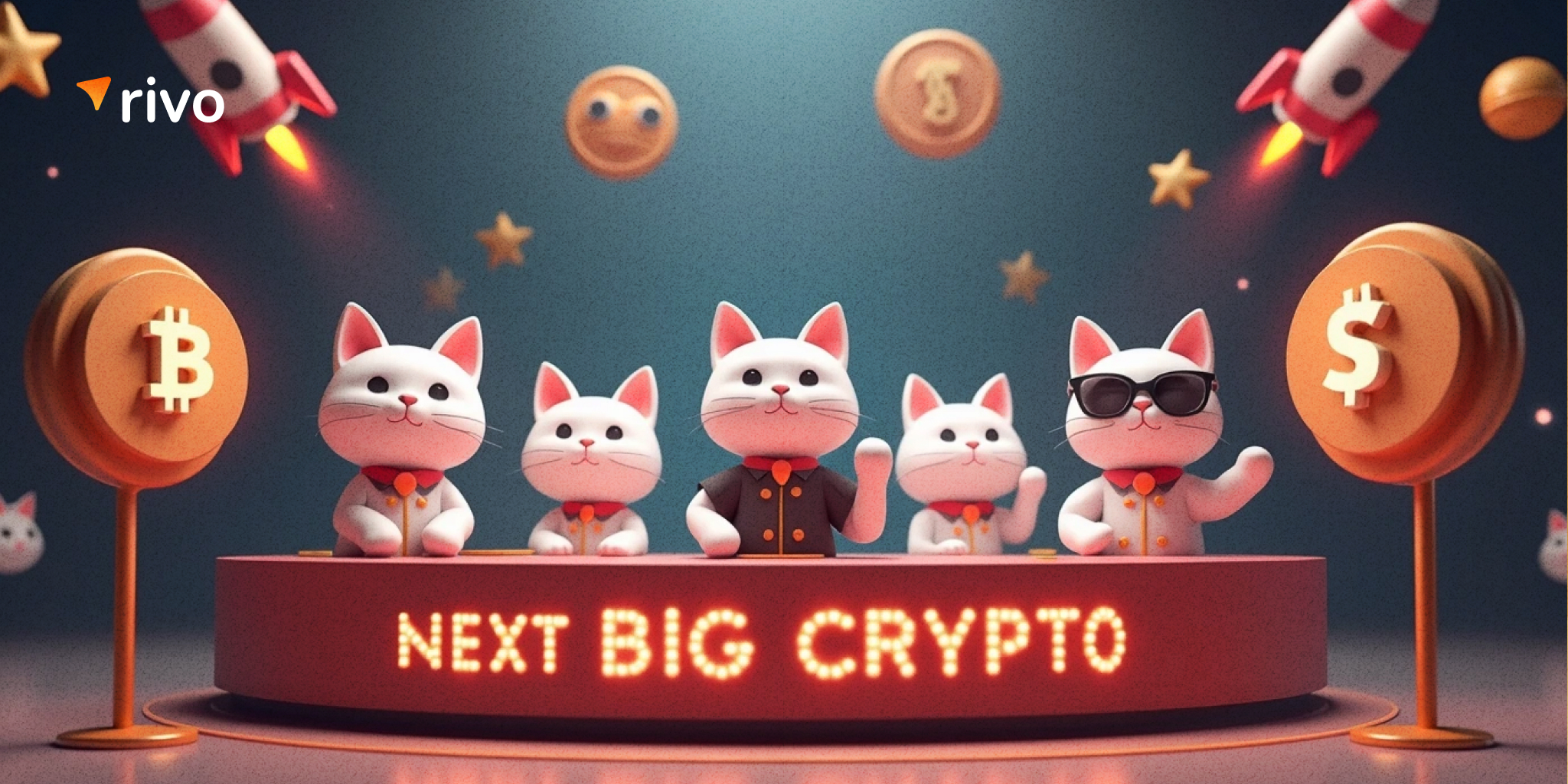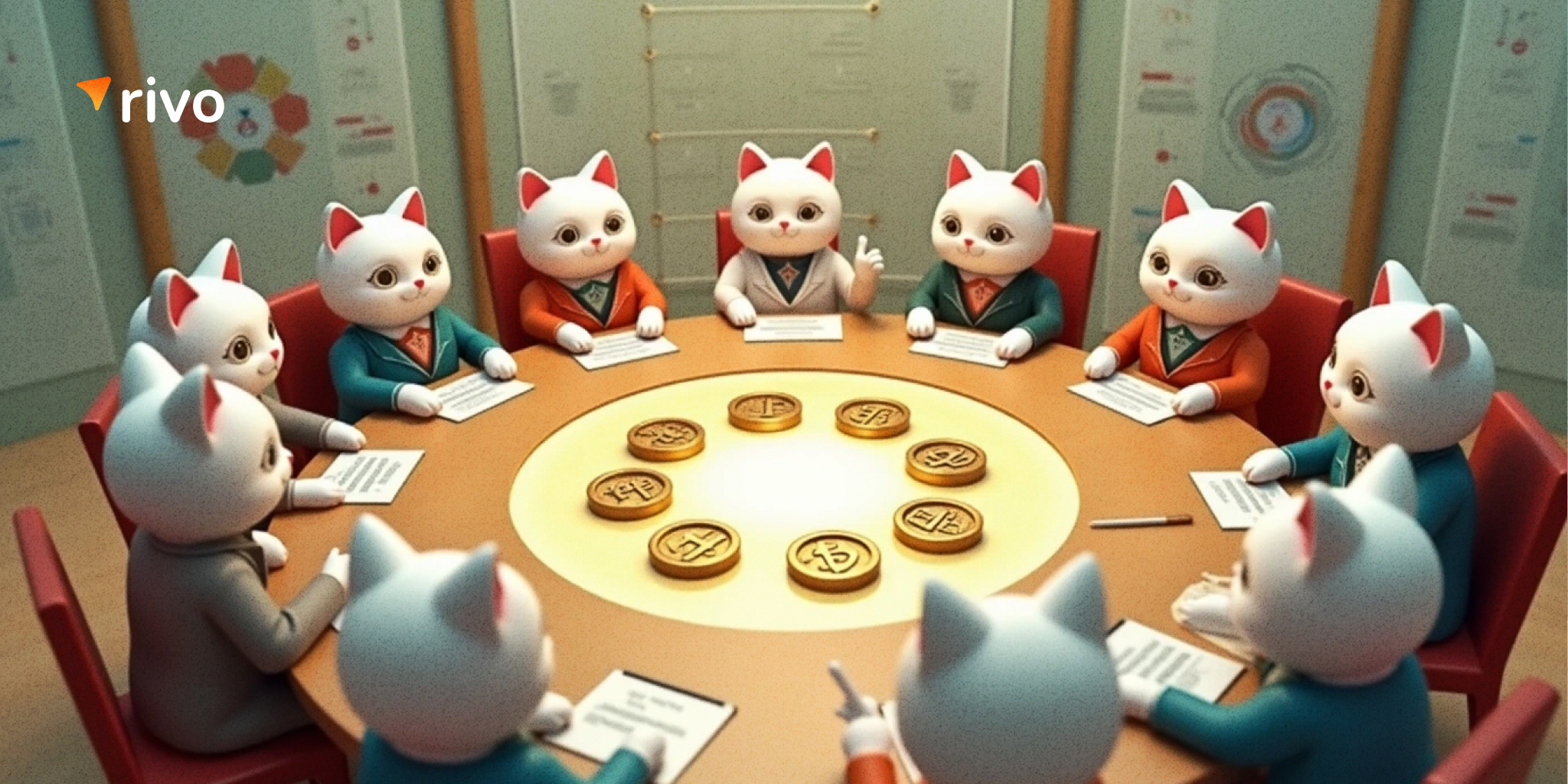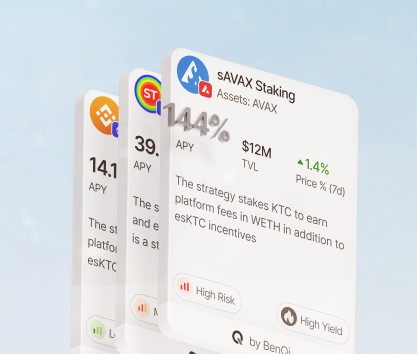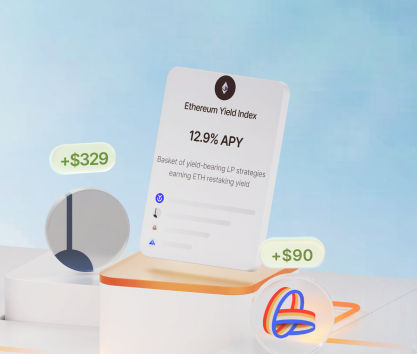In August 2024, Xangle conducted a survey with a surprising outcome. Over 90% of accredited investors in the US had intentions to invest in the DeFi ecosystem by the end of the year with 67% of over 380 respondents saying that they are quite knowledgeable in decentralized finance. The revelation seemed too good to be true.
In December 2024, the number of unique Ethereum wallets that interacted with decentralized investment platforms hit a new milestone of 20 million. Without any context, the number does not paint a picture of what is currently going on in the DeFi ecosystem.
Let’s put it into perspective:
- At the beginning of 2024, the number of wallets was just over 50 thousand which is 40 times fewer compared to December.
- The combined TVL of all protocols increased by roughly 133% reaching $124 billion indicating a more than eager desire of investors to participate in the DeFi sector.
- Bitcoin, Ethereum, and many other digital assets significantly outperformed the S&P500 index and other tradfi benchmarks.
It was undeniable that Xangle’s survey turned out to be fortune-telling. While the risks associated with decentralized finance are still quite high, it is certainly important enough to be considered by leading financiers.
One must remember the duality of any statement about finance. While it is true that Bitcoin outperformed S&P500 despite the Nvidia’s massive leap in evaluation, the average annual volatility of BTC (roughly, 47%) over the 10 years was still miles above the S&P500 (close to 17%).
The impact of DeFi on finance
The hopeful attitude of many accredited investors was tarnished by another finding from the same survey: despite the desire to explore the world of crypto, over 72% believed that BTC is overpriced and forms a noticeable bubble with a strong potential to burst in the near future. On the other hand, close to 32% of investors chose Bitcoin as the best target for capital allocation within the next 4 years while only 29% thought that getting blue-chip stocks was a better idea.
Several key reasons make many crypto enthusiasts quite excited about the future of finance as they eagerly explore the world of DeFi:
- The technology behind decentralized investments allows the participants to significantly reduce costs due to the absence of third-party intermediaries taking their cut of the pie. Smart contracts are autonomous and can execute many orders in a trustless and permissionless manner.
- Decentralization equals democratization in many senses. One of the reasons so many investors are interested in this particular ecosystem is the accessibility of financial instruments allowing people from all over the world to participate and bring their capital to the table.
- Regulation is slowly catching up allowing many institutions to join the game. With many DeFi assets receiving a title of security, the number of investors willing to engage with them increases as they feel safe to invest in them in a more regulated and juridically transparent environment.
- DeFi investments look stronger than many tradfi tools. Many investors saw incredible gains by parking capital at protocols offering APYs much higher than anything that tradfi instruments can offer. Risk premiums are higher due to lower administrative costs and other overheads.
- More people understand how it all works. Difficult onboarding is cited as the main hurdle for many tradfi investors who are simply not ready to deal with unfamiliar interfaces, smart contracts, and complicated financial instruments. Nevertheless, the growth of user activity proves that more people are joining.
These benefits of decentralized finance investments create a sufficiently noticeable hype to attract all sorts of investors, financiers, and analysts who form a variety of crypto narratives capable of impacting the course of the DeFi industry in years to come. Social media sentiment is also quite positive despite some setbacks in January 2025 and doubts from critics.
It is true that the industry has a strong potential to grow even bigger by the end of 2025 considering the condition of the global fiat economy and its many limitations revealed by the heating geopolitical situation in the world.
The changing financial landscape
We can talk all day about the beautifulness of using decentralized applications for various financial operations and the greater good that the implementation of such tools would create for regular users. However, the growth of the sector is hugely impacted by various international events.
One of the key reasons DeFi instruments are experiencing a solid influx of cash is due to the increasing use of cryptocurrencies in international trade between heavily sanctioned countries like Russia, Iran, and others.
Right in front of them, the world sees the best-case scenario for the adoption of these digital instruments as sanctioned countries equalize the economic playing field whether you like it or not.
The impact of decentralization on financial inclusion is hard to overestimate. Geopolitics aside, the fact that close to 1.4 billion around the globe are still unbanked despite having access to the internet tells you how important it is to have democratic financial systems that are fully decentralized and can be governed by the participants.
Here are some key takeaways:
- The participants of the global economy are adapting to changes and increasing the use of cryptocurrencies to trade internationally.
- People who had no or limited access to banking are joining the DeFi ecosystem eagerly to explore various investment opportunities.
- We have many examples of popular decentralized platforms that offer returns on par or better than what the tradfi economy can offer.
Heated-up geopolitical tensions, high inflation, and economic uncertainty in the world of tradfi create a very worrying environment for investors who seek alternatives that can save their pockets from the all-consuming emptiness of inflationary pressure.
Undeniably, the very existence of DeFi investment instruments allowed many capital holders to rethink their attitude toward tradfi and move money to the decentralized finance ecosystem in 2024.
The future of investment in DeFi
Mordor Intelligence reports that the DeFi market size is estimated at $51 billion in 2025 and is projected to reach a solid milestone of $90 billion by 2030. The estimated CAGR of 10.98% looks and feels solid. On the other hand, Fortune Business Insights has a different number to chew. It states that the market will reach $337 billion by 2030 with a CAGR of 28%.
Experts throw around wild CAGR numbers from 10.4% from Mordor to 53.7% from Grand View Research. Making a prediction with opinions varying so greatly is close to impossible. What we can say is that the short-term future for the sector looks secure. However, making long-term forecasts is something that everyone should abstain from.
With the TVL hovering above $105 billion in 2025 and the number of users still growing, the prospects for decentralized financial services and various protocols look brighter than ever.

